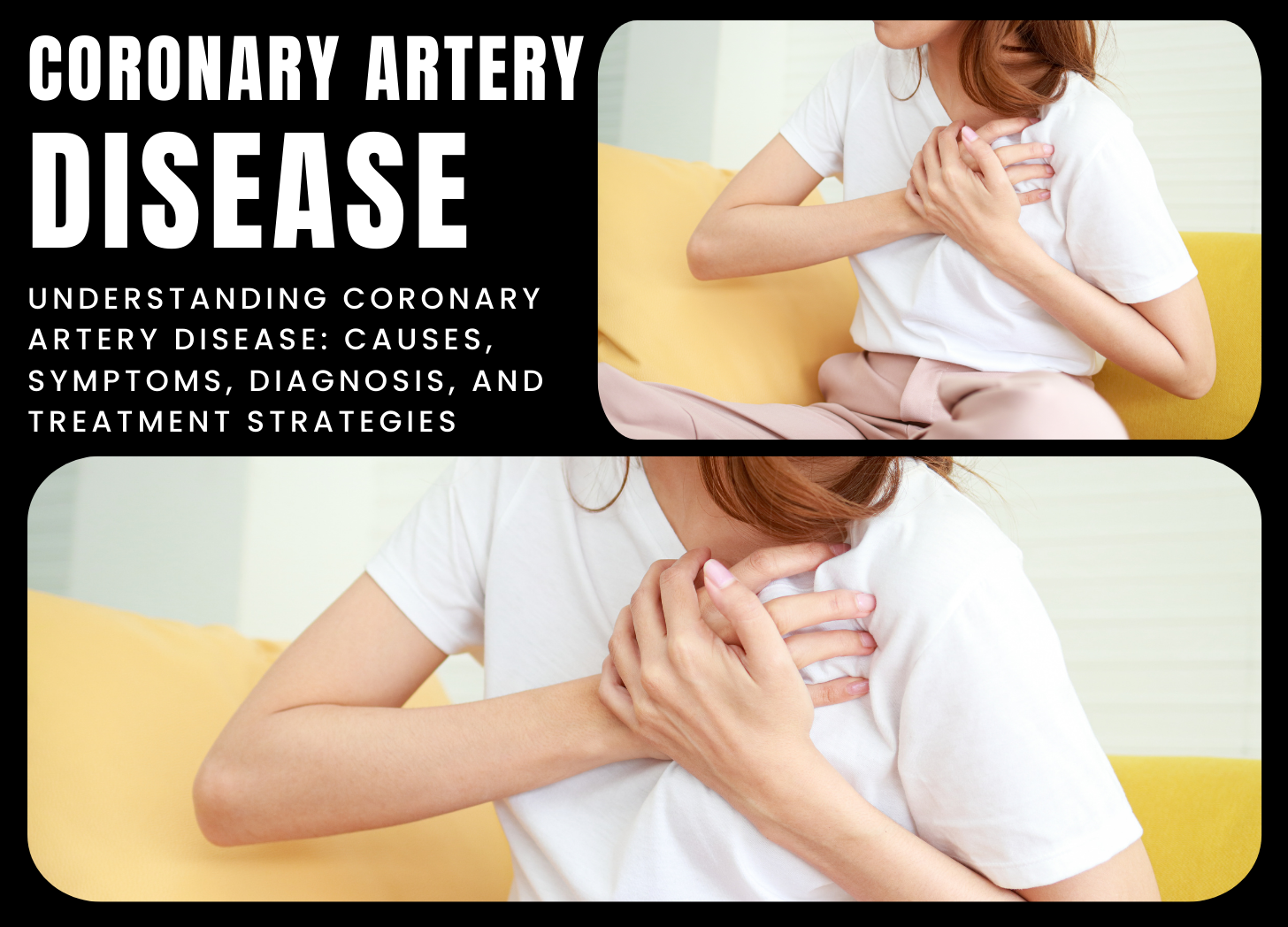Contact Us
Contact Us

Coronary artery disease (CAD) is a common and potentially deadly disorder marked by the narrowing or blockage of the coronary arteries, which provide oxygen-rich blood to the heart muscle. CAD typically develops over time as a result of plaque buildup—a combination of cholesterol, fatty compounds, calcium, and other materials—in the coronary artery walls, a process known as atherosclerosis. As plaque accumulates, it can impede blood flow to the heart, causing chest pain (angina), heart attacks (myocardial infarctions), and other cardiovascular issues.
The primary risk factors for coronary artery disease include:
These risk factors contribute to the development and progression of atherosclerosis, increasing the likelihood of coronary artery constriction and blockage.
Symptoms of coronary artery disease can vary depending on the severity and location of arterial blockages, as well as individual characteristics such as age, gender, and overall health. Common symptoms include:
Some individuals with CAD may experience silent ischemia, where blood supply to the heart is reduced without causing any noticeable symptoms.
Coronary artery disease is often diagnosed through a combination of:
These tests may include:
The goal of coronary artery disease treatment is to relieve symptoms, reduce the risk of complications, and improve overall heart health. Treatment options include:
In cases of severe coronary artery disease with significant arterial blockages, invasive procedures may be required to restore blood flow to the heart and reduce the risk of heart attacks or other complications. These procedures include:
Coronary artery disease is a frequent and potentially deadly condition caused by the narrowing or blockage of the coronary arteries, which supply oxygen-rich blood to the heart muscle. While CAD can lead to chest pain, heart attacks, and other cardiovascular complications, early detection, lifestyle modifications, and appropriate medical treatment can help individuals manage the disease and reduce their risk of complications.
Post a Comment